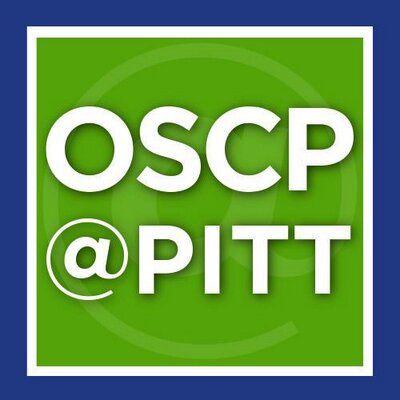Osier, Nicole Danielle
(2016)
Characterization of the melatonergic system after brain injury.
Doctoral Dissertation, University of Pittsburgh.
(Unpublished)
Abstract
Traumatic brain injury (TBI) affects individuals of all ages, races, and geographies and is often associated with expensive clinical management. Melatonin (MEL) has been trialed as a TBI therapeutic with mixed results, due in part to a lack of understanding of the mechanism. This study characterizes endogenous changes in melatonergic receptors (MT1 and MT2) after experimental TBI induced using pneumatic CCI (2.8 mm depth) in young adult Sprague Dawley rats. Half the rats were exposed to sham surgery to control for the effects of anesthesia and craniectomy. In total, 25 rats were enrolled in the study, with 6-7 rats per group. Test animals were sacrificed at 2 post-surgery time points, either 6 hours (hr) or 24 hr post-surgery. Following sacrifice, the test animal’s brain was harvested, dissected, and flash frozen until analysis. Whole cell lysates were prepared, aliquoted, and used for western blot analysis, probing for cytochrome C (to validate injury severity), MT1, MT2, and beta actin (to control for protein loading). ImageJ and Image Lab software were used to quantify protein data; SPSS software was used to run t-tests to compare group means on a single variable and correlation testing was used to explore the relationship between outcomes of interest. Melatonin receptors were down-regulated in a brain region- and time point- dependent manner. MT1 was downregulated in the frontal cortex at 24 hr and in the hippocampus at both 6 hr and 24 hr post-TBI. Similarly, MT2 was downregulated in the frontal cortex at 24 hr and in the hippocampus at both 6 and 24 hr post-TBI. This is the first study to report downregulation of MT1 and MT2 after neurotrauma; receptor downregulation may affect the efficacy of MEL therapy. Additional research to characterize these changes after TBI are necessary including efforts to establish the time course and regional patterns, replication in more diverse samples, as well as inclusion of additional cellular, histological, and behavioral endpoints. TBI in rats modeled using CCI results in acute downregulation of MEL-specific receptors (subtypes MT1 and MT2); replication of these findings is necessary as are evaluations of the implications of lower receptor levels.
Share
| Citation/Export: |
|
| Social Networking: |
|
Details
| Item Type: |
University of Pittsburgh ETD
|
| Status: |
Unpublished |
| Creators/Authors: |
|
| ETD Committee: |
|
| Date: |
15 July 2016 |
| Date Type: |
Publication |
| Defense Date: |
12 July 2016 |
| Approval Date: |
15 July 2016 |
| Submission Date: |
14 July 2016 |
| Access Restriction: |
2 year -- Restrict access to University of Pittsburgh for a period of 2 years. |
| Number of Pages: |
349 |
| Institution: |
University of Pittsburgh |
| Schools and Programs: |
School of Nursing > Nursing |
| Degree: |
PhD - Doctor of Philosophy |
| Thesis Type: |
Doctoral Dissertation |
| Refereed: |
Yes |
| Uncontrolled Keywords: |
Traumatic brain injury; brain trauma; controlled cortical impact; rat; pre-clinical; melatonin |
| Date Deposited: |
15 Jul 2016 20:12 |
| Last Modified: |
15 Jul 2018 05:15 |
| URI: |
http://d-scholarship.pitt.edu/id/eprint/28630 |
Metrics
Monthly Views for the past 3 years
Plum Analytics
Actions (login required)
 |
View Item |








